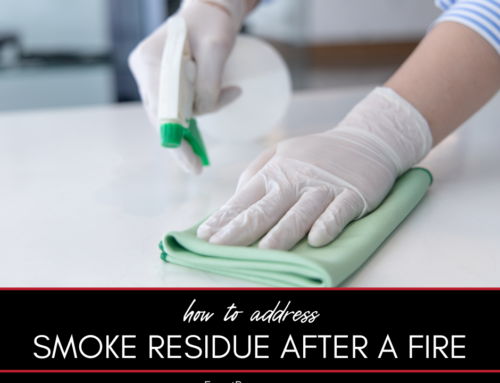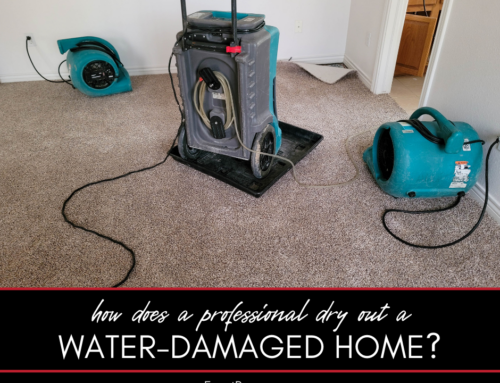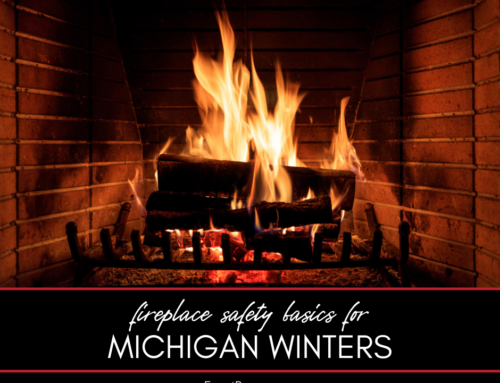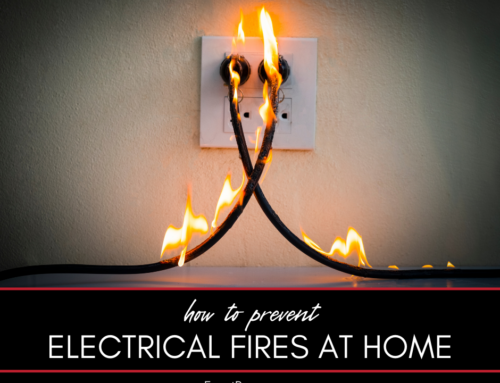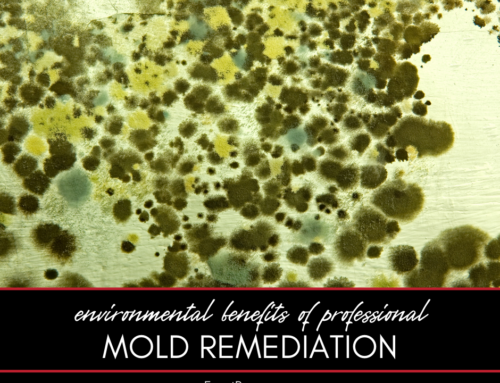Although the winter season is not humid like the summer months, mold can still grow inside of your home. And while cold temperatures may slow down mold growth, they won’t kill mold spores. Here are three ways mold can grow inside of your home even during the cold winter months.
A Lack of Attic Insulation
During the winter mold can grow in an uninsulated and unheated attic. As heated air in other portions of your home rises into a cold, uninsulated or under-insulated attic it can cause condensation to form, which creates conditions for mold growth. (Condensation can also form on HVAC ductwork and on uninsulated pipes). If you develop a mold problem in the winter, it can worsen in spring and summer when the weather becomes more humid.
Poor Attic Ventilation
Not only can attics be incubators for mold because of a lack of insulation, but blocked or non-functioning vents and poor ventilation in general—resulting from an improper design—can also be culprits. When ventilation isn’t sufficient the humidity that rises within your home, or from the environment, collects inside of the attic and can’t escape. That humidity condenses, and when provided with a moist environment, a food source, and room temperature conditions, mold can begin to grow in as little as two days’ time.
Burst Pipes
Aside from condensation caused by heat and humidity, another common way that mold can grow inside of your home is from water damage caused by burst pipes. Mold grows fast in wet environments. So if pipes around your home, such as those going to outdoor faucets, haven’t been winterized and they burst due to the expansion of water that has frozen inside of the pipes, your home can flood and become susceptible to mold growth.
(You can winterize your outdoor faucets by turning off your home’s water supply and opening the faucets until the water flow reduces to less than a trickle).





